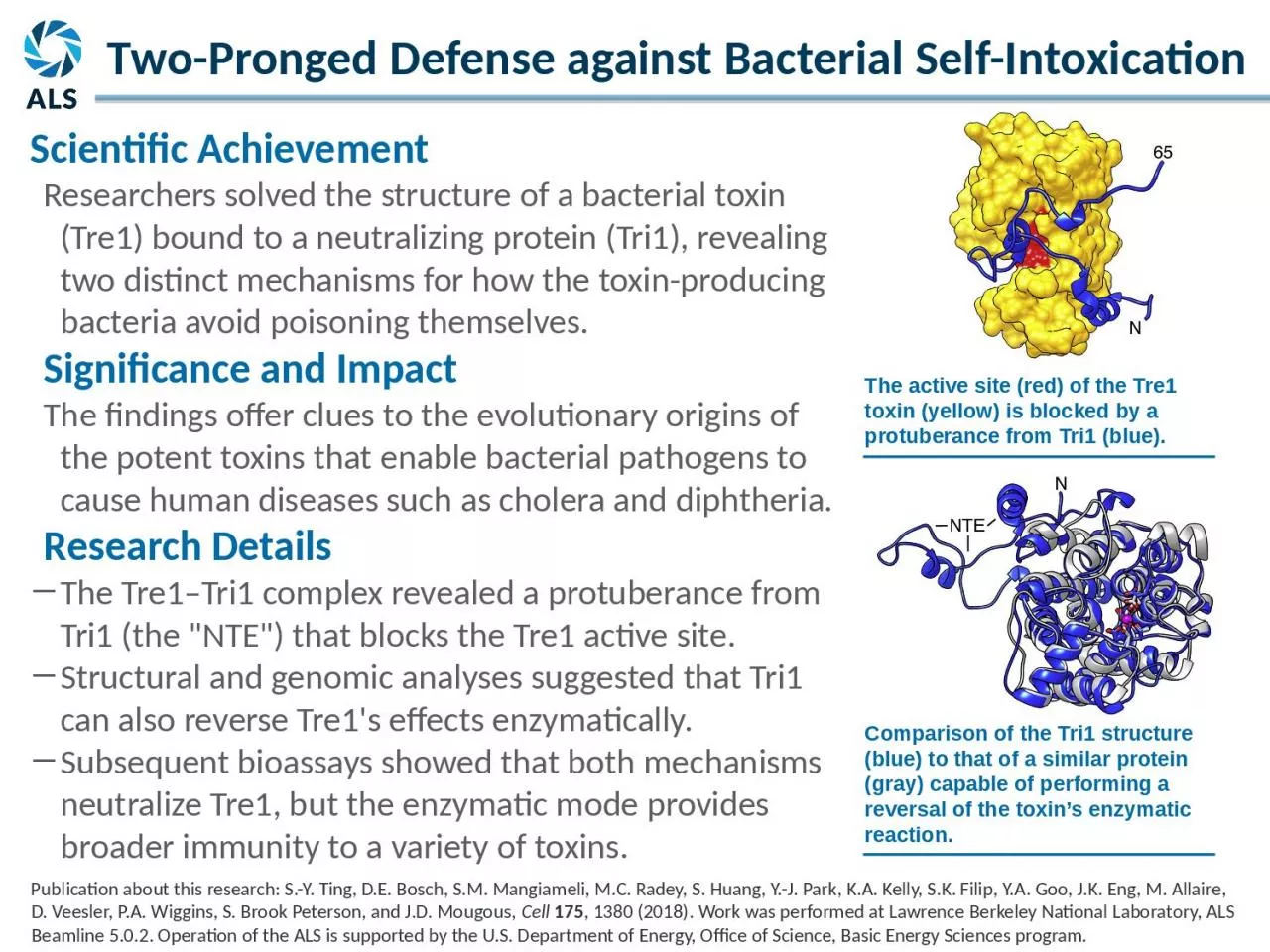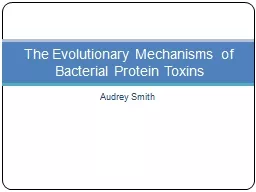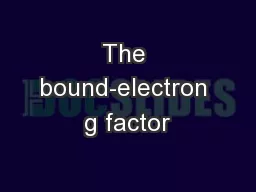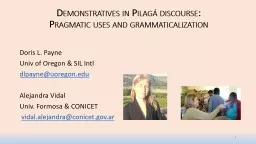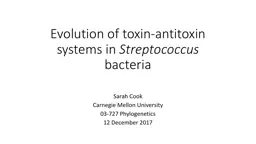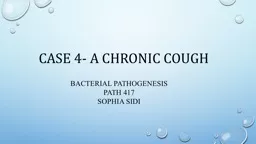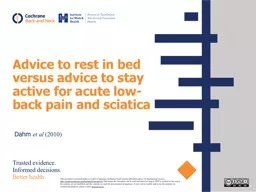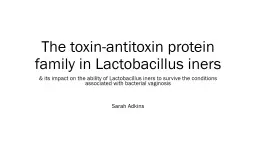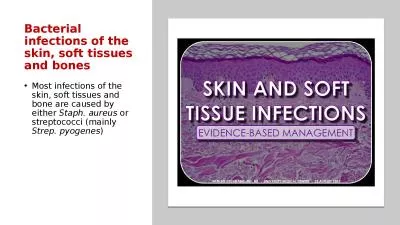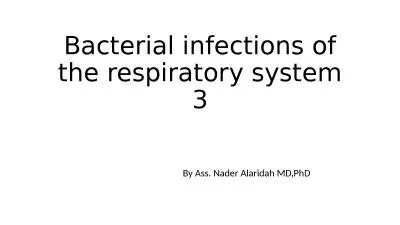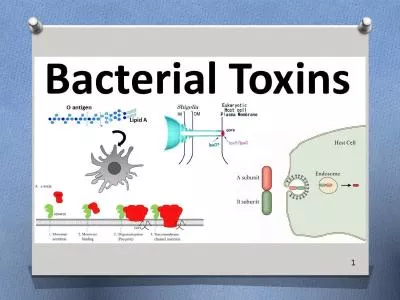PPT-Scientific Achievement Researchers solved the structure of a bacterial toxin (Tre1) bound
Author : HoneyBun | Published Date : 2022-08-03
Significance and Impact The findings offer clues to the evolutionary origins of the potent toxins that enable bacterial pathogens to cause human diseases such as
Presentation Embed Code
Download Presentation
Download Presentation The PPT/PDF document "Scientific Achievement Researchers solve..." is the property of its rightful owner. Permission is granted to download and print the materials on this website for personal, non-commercial use only, and to display it on your personal computer provided you do not modify the materials and that you retain all copyright notices contained in the materials. By downloading content from our website, you accept the terms of this agreement.
Scientific Achievement Researchers solved the structure of a bacterial toxin (Tre1) bound: Transcript
Download Rules Of Document
"Scientific Achievement Researchers solved the structure of a bacterial toxin (Tre1) bound"The content belongs to its owner. You may download and print it for personal use, without modification, and keep all copyright notices. By downloading, you agree to these terms.
Related Documents

